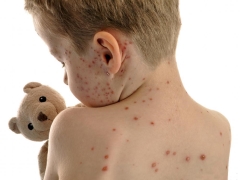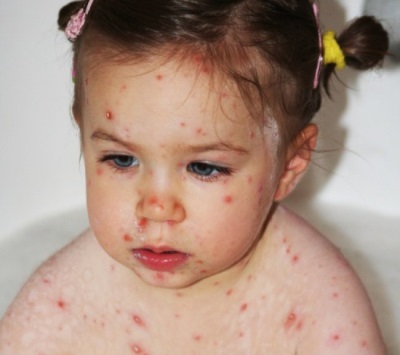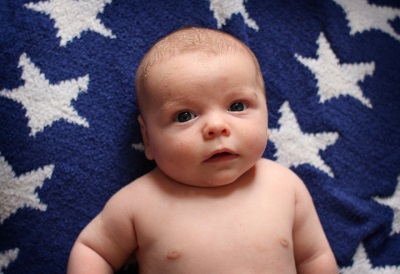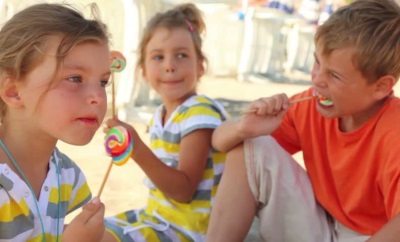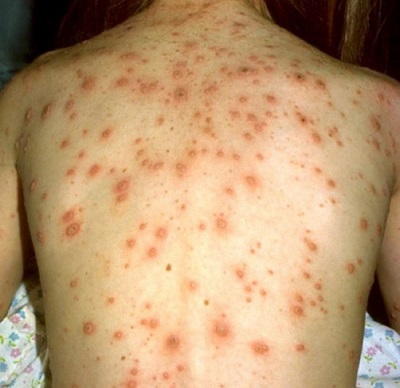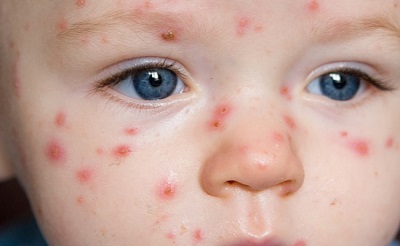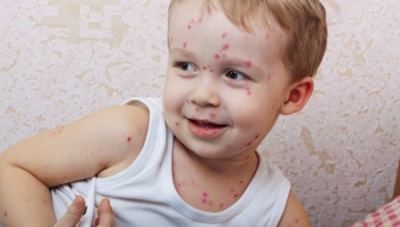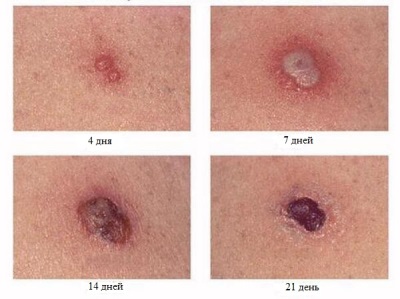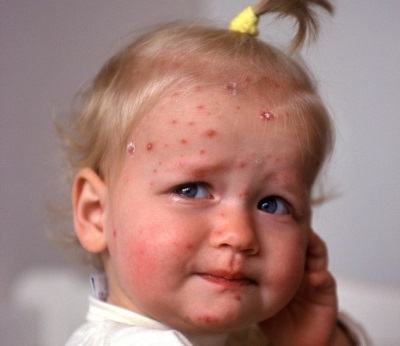Chickenpox incubation period
Chickenpox is a very contagious childhood infection, so contact with a sick child in most children of preschool or primary school age leads to infection. To understand when to expect the first manifestations of infection, parents should know how many days the incubation period for chickenpox lasts.
What it is
Incubation refers to the period during which the virus develops in the child’s body, but there are no symptoms of infection. It starts from the moment of infection and ends with the onset of the first signs of the disease. Knowing the duration of the incubation period is important in order to understand when to expect the first manifestations windmills. Also, this information is taken into account for quarantine measures.
How to get chickenpox
The virus is caused by varicella zoster virus, which is a member of the herpes virus group. It is transmitted to healthy, not sick chickenpox earlier children from a sick child or from an adult with shingles, since this disease has the same pathogen. The disease is most often diagnosed in the fall and spring, when the body defenses are lowered. Every few years, doctors have noticed an epidemic of such an infection.
Contagiousness
If a varicella zoster virus develops in a child’s body, the baby becomes contagious for other people at the end of the incubation period. He begins to isolate the virus the day before the first symptoms of chickenpox. A sick child is contagious for the entire period of rash and some time after the last vesicles appeared on his skin (5 days).
Ways and methods of transmission of the virus
Basically the Varicella Zoster virus is transmitted from a sick chickenpox baby to healthy children by airborne droplets. With this method of transmission, the pathogen enters other people through particles of saliva and mucus from the membranes of the respiratory tract. The probability of infection when communicating with a sick child for people without immunity is 90%.
In addition, the child may become infected:
- Contact way - if a virus from a burst of vesicles on the body of a sick baby gets into the body of a healthy child.
- In the wake - from ill chickenpox while carrying mom. When a woman is infected in the first trimester, the risk of severe developmental pathologies increases, and chickenpox in a pregnant woman for more than 12 weeks leads to the manifestation of infection in the infant after birth.
Is it transmitted through things and objects
Transmission of the Varicella Zoster virus through different objects is possible, but this happens very rarely, since the pathogen of chickenpox is considered to be low-resistant. Outside the human body, it dies quickly enough - in 10-15 minutes. In addition, high temperature, ultraviolet light and any disinfecting solutions help to eliminate viruses deposited on objects. At the same time, if the virus from the burst vesicles gets on the clothes, and the person who did not hurt before, immediately puts them on, infection is possible.
How is it distributed and transmitted through third parties
The causative agent is highly volatile and can spread through the air up to a distance of 20 meters. Through third parties, the Varicella Zoster virus is practically not transmitted, due to its low persistence in the external environment.
Who is sick more often
Most often chicken pox is diagnosed in a child of preschool and early school age (2-7 years), when children are more in contact with other children. The maximum susceptibility to the Varicella Zoster virus is noted at 4-5 years. In this case, the infection occurs in another age.
In infants of the first months of life, chickenpox is almost non-existent, since the infant, up to 6 months of age, is under the protection of her mother's antibodies, which she receives from her body even in utero (provided that the mother had chickenpox as a child). Children who are already half a year old are less protected from viruses, so they have chickenpox, but often it proceeds in a mild form.
In children older than 10 years, chicken pox has a more severe course and the risk of complications. In adolescents and adults, such an infection causes a strong rise. temperatures, profuse rash, severe intoxication. It can also occur in an atypical form, for example, hemorrhagic, when the blisters on the skin are filled with blood, or bullous, when there is pus inside the blisters.
What happens in the baby’s body during the incubation period
There are such stages of the chickenpox incubation period:
- Elementary. Varicella Zoster virus enters the mucous membrane of the child’s respiratory tract and begins to develop in its cells, adapting to the baby’s body.
- Stage of development. The pathogen multiplies actively in mucous membranes and accumulates in infected cells.
- The final one. The virus overcomes the protective barrier of the respiratory tract and enters the bloodstream, which causes the onset of the clinical manifestations of chickenpox and the production of antibodies.
The duration of the incubation period
In chickenpox, the incubation period for most children varies from 13 to 17 days. Most often, the duration of such a period in childhood is 14 days. At the same time, depending on the state of the child’s immunity and other factors, this period can be either lengthened or reduced.
If the child is weakened, the first manifestations of chickenpox occur earlier. Also, faster virus development is observed in babies. The minimum incubation period is 7 days. In adolescents, chickenpox can appear 10-21 days after contact with the virus. In rare cases, the duration of the incubation period is extended to 23 days.
First symptoms of chickenpox
A child who has chickenpox, first signs diseases will be symptoms of general malaise that occur with most viral infections. These are headaches, aching muscles, weakness, loss of appetite, moods and restless behavior, sore throat, lethargy and others. Soon, parents also noted more characteristic symptoms of chickenpox - a sharp increase in body temperature and a skin rash.
The rash of this infection is first represented by pink-red small spots, which soon turn into papules (they look like a mosquito bite), and then into single-chamber vesicles called vesicles. When the bubbles burst, a crust forms in their place. As a rule, the rash is quite itchy and itchy.
While some vesicles heal, new spots often appear on the baby’s body, turning into papules and vesicles. At the same time, an increase in body temperature is noted. Thus, in one area of the body can be seen different elements.
The first rash in most children is revealed on the skin of the trunk, but soon a rash covers the extremities (except for the palms and feet) and the head area. Some babies have rash elements not only on the skin, but also in the mouth, on the eyeballs and other mucous membranes. In the mild form of the rash can be single, and repeated "waves" of the rash is not observed.
Treatment
Since there is no antiviral treatment for varicella, all measures are aimed at alleviating the symptoms of the infection. At high temperatures, the child should lie in bed, and paracetamol or ibuprofen will help reduce the heat. Much attention should be paid to the drinking regime of the baby, as indicated by the pediatrician and the pediatrician. Komarovsky. The child needs a rich warm drink and gentle food.
To prevent the baby from combing the bubbles, they are recommended to be treated with such drugs as Poxcline, Tsindol or clamin. These funds will remove itch and accelerate the healing of the skin. Suitable for processing and traditional "Zelenka" or fukortsin. Such drugs will protect the affected skin of the child from infection.
You can learn more about chicken pox by watching Dr. Komarovsky’s program.
